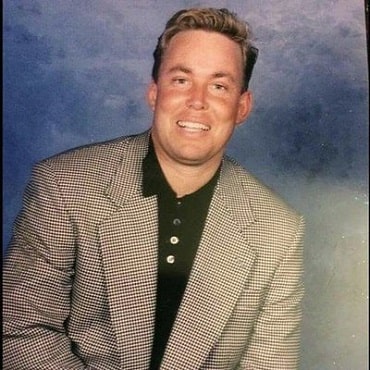Scientific Program

James Stoxen
Team Doctors Treatment Center, USA
Title: The integrated Spring-Mass model approach to treating Thoracic Outlet Syndrome
Biography:
James Stoxen, DC, FSSEMM (hon) FWSSEM, is the president of Team Doctors, Chicago, Illinois, one of the most recognized treatment centers in the world. He has been invited to give scientific presentations at over 60 medical conferences in over 20 countries. In 2015 he was awarded an honorary fellowship by a member of the royal family, the Sultan of Pahang, at the World Congress of Sports and Exercise Medicine for his distinguished research and contributions to the advancement of sports and exercise medicine on an International level.
Abstract
The use of hand held devices (HHD) such as mobile
phones, game controls, tablets, portable media players
and personal digital assistants have increased dramatically in past decade. This drastic change has led to new batch of difficult to treat, musculoskeletal Disorders of the Upper Extremities such as myofascial pain syndrome of neck and upper back and thoracic outlet syndrome. The thoracic outlet anatomy and how the bundle passes through the passageway is complex for even musculoskeletal experts. So for doctors trained in other specialties there can be an inadequate understanding about nature and cause of thoracic outlet syndrome. A syndrome rather than a disease, the Mayo Clinic, Cleveland Clinic and the National Institute of Neurological Disorders And Stroke, plus top 10
ranked hospitals for neurology and neurosurgery agree
persistent compression of nerves, arteries and veins
traveling through the thoracic outlet is what leads to
thoracic outlet syndrome. I will discuss the three models of human movement, the inverted pendulum model, the spring-mass model and the integrated spring-mass model (ISMM). The (ISMM), which integrates the spring suspension systems of the foot and shoulder region as well as the torsion spring of the spine and the mass, the head. I will discuss my clinical findings show compressive disorders like TOS and herniated discs are merely an over control of tension on the human spring mechanism leading to these syndromes. I will give brief review of the symptoms and their patterns, the common orthopedic tests, and diagnostic tests, the 16 different common conservative therapies and the 10 reasons for when surgery is medically necessary. I will discuss an alternative treatment for this disorder based on the integrated spring mass model.
- Obesity
- Obesity Diet & Nutrition
- Endocrinal and Hormonal Obesity
- Maternal Obesity
- Binge Eating Disorder
- Genetics of Obesity
- Bariatric Surgery
- Obesity & Oncological Outcomes
- Obesity & Metabolic Syndrome
- Childhood Obesity
- Obesity Management
- Obesity & Depression

